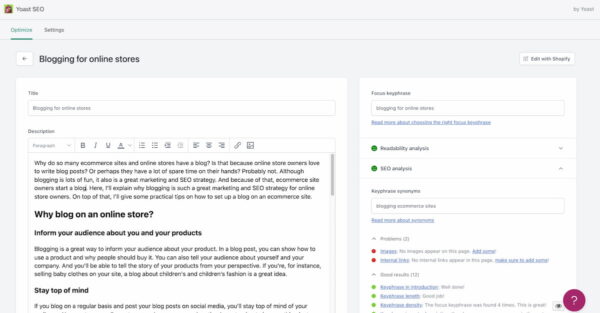Hair care is a category of cosmetics devoted to products which are used to improve the appearance of hair.[22]
- Shampoos are used to clean the hair and scalp by massaging into wet hair and then rinsing.[23]
- Hair conditioners are used following shampoo to improve the appearance of hair by making it smoother and shinier.
- Styling products include gels, waxes, foams, creams, mousse, serum and pomades; they are used to create and maintain hairstyles.
Perfume[edit]
Perfumes or fragrances are liquids which can be sprayed or applied to produce a long-lasting smell.[24] They are created by mixing different compounds together. There are different groups of perfumes which are categorised according to their concentration.[24]
The difference between Eau de parfum and Eau de toilette is more about the perfume oil concentration. Eau de parfum has a higher concentration of perfume oil than Eau de toilette
Tools[edit]
Various tools are used to apply cosmetics.
Brushes[edit]
- A makeup brush is used to apply makeup onto the face. There are two types of makeup brushes: synthetic and natural. Synthetic brushes are best for cream products while natural brushes are ideal for powder products.[25] Using the appropriate brush to apply a certain product allows the product to blend into the skin smoothly and evenly.
- A foundation brush is usually a dense brush that distributes the product evenly while smoothing out the face. This brush is best used to achieve full coverage.
- A concealer brush has a small, tapered tip that allows for precise spot correction such as blemishes or discoloration.
- A stippling brush has soft, synthetic bristles that gives an airbrushed effect. This brush is best used to achieve light to medium coverage.
- A blush brush comes in all shapes and sizes and is used to apply blush, allowing the blush to look natural while giving a flush of color.
- A powder brush tends to be big and fluffy for quick and easy application of dusting powder all over the face. Powder gives the appearance of a matte effect.
- A bronzer blush, which can also serve as a contour brush is an angled brush that gives the face dimensions and illusions, by allowing the makeup to be placed in substitution of bone structure. This brush can also be used to add a shimmering highlight illusion to the cheekbones, nose and chin.
- A highlight brush, also known as a fan brush, has bristles that are typically spread out and is used to apply where the sun would naturally hit.
- An eyeshadow brush is a dense brush that allows shadow to be packed onto the eyelid.
- A blending eyeshadow brush is used to blend out any harsh lines you may have from the eyeshadow and can soften the eyeshadow look.
- An eyeliner brush is tapered with an extra fine tip used for gel eyeliners which allows precision to line the eyes.
- A spoolie is used to brush out the eyebrows and can also be used as a mascara wand.
- A lip brush is small to ensure precision and is used to apply lipstick evenly onto the lips.
- An eyebrow brush is tapered and is slanting from the top, which tends to define the eyebrows and fill in the empty spaces between brows, to give them a fuller and denser look.
- A Kabuki brush is used to apply any sort of powder makeup on large surfaces of the face (loose powder, foundation, face powder, blush, bronzer). This brush is used to evenly the skin.
Other applicators[edit]
In addition to brushes, a makeup sponge is a popular applicator. Makeup sponges can be used to apply foundation, blend concealer, and apply powder or highlighter.
Loofahs, microfiber cloths, natural sponges, or brushes may be used to exfoliate skin, simply by rubbing them over the face in a circular motion. Gels, creams, or lotions may contain an acid to encourage dead skin cells to loosen, and an abrasive such as microbeads, sea salt and sugar, ground nut shells, rice bran, or ground apricot kernels to scrub the dead cells off the skin. Salt and sugar scrubs tend to be the harshest, while scrubs containing beads or rice bran are typically very gentle.





